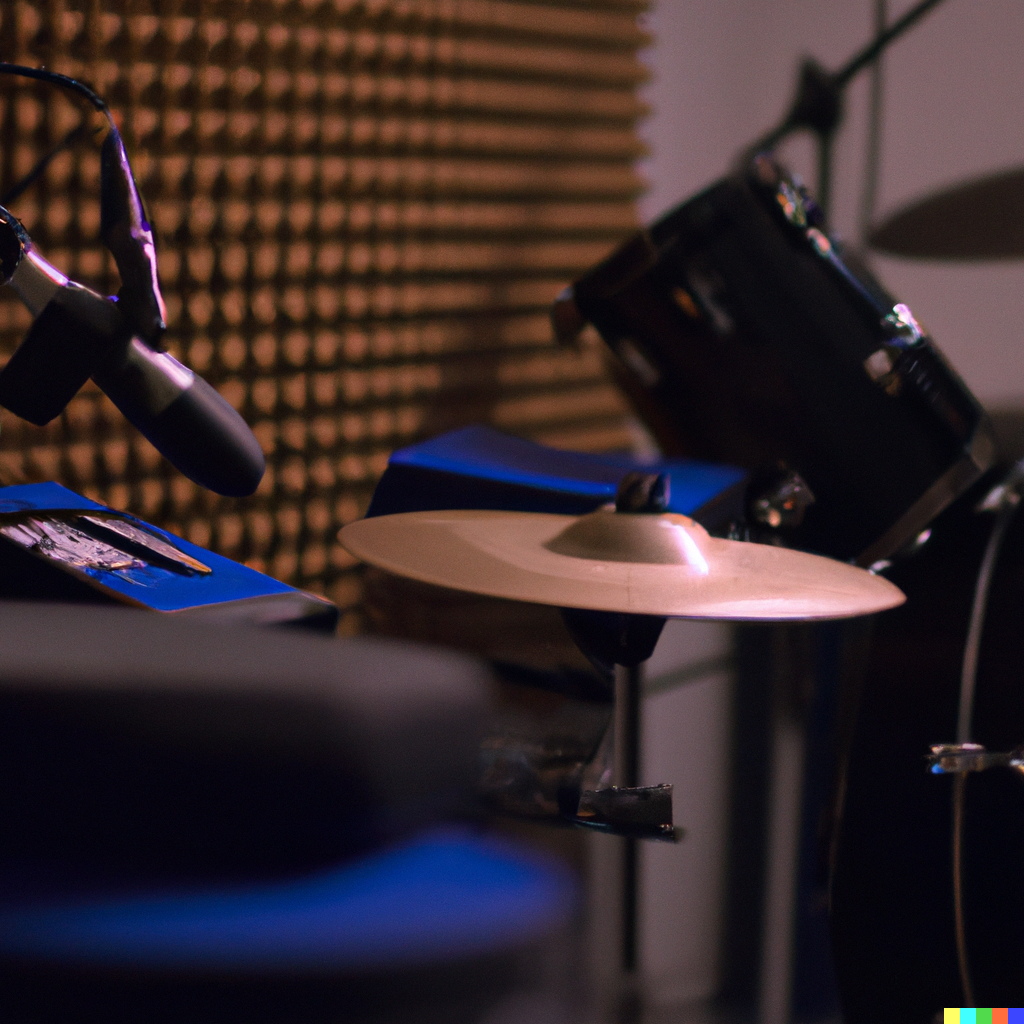
Recording Techniques for Drums and Percussion
Drums and percussion are the backbone of many music genres, and capturing their sound correctly is crucial for a successful recording. In this article, we will discuss some recording techniques for drums and percussion that can help you achieve the desired sound.
Room Selection and Mic Placement
The room selection and microphone placement are essential considerations when recording drums and percussion. The room should be carefully chosen to capture the desired sound. A room with good acoustics and natural reverb can add depth and character to the recording.
Microphone placement is another critical consideration. The placement and choice of microphones can affect the overall sound of the recording. The most commonly used microphones for recording drums and percussion are dynamic and condenser microphones.
Recording Techniques for Specific Percussion Instruments
Each percussion instrument requires a different recording technique to capture its unique sound. For example, a snare drum is typically recorded with a dynamic microphone placed above the drum and close to the head to capture its crack and attack. In contrast, a bass drum is typically recorded with a dynamic microphone placed inside the drum to capture its low-end punch.
Other percussion instruments such as cymbals, hi-hats, and toms require different microphone placement techniques to capture their unique sound. Experimentation with different techniques can help you find the right balance for your recording.
Overhead Microphone Techniques
Overhead microphone techniques are used to capture the overall sound of the drum kit. Two commonly used overhead techniques are the spaced pair and the coincident pair. The spaced pair technique involves placing two microphones above the drum kit, facing downwards and spaced apart. The coincident pair technique involves placing two microphones above the drum kit, angled towards each other and crossing at a 90-degree angle.
Close Mic vs. Room Mic
Close mic and room mic techniques are used to capture different aspects of the drum and percussion sound. Close miking involves placing microphones close to each drum and percussion instrument to capture their individual sound. Room miking involves placing microphones further away from the drums and percussion instruments to capture the sound of the room and the natural reverb.
A combination of both techniques can be used to achieve a well-balanced and natural sound.
Conclusion
Recording drums and percussion instruments require careful consideration of the room selection, microphone placement, and recording techniques. Experimentation with different techniques and microphone placement can help you achieve the desired sound. Remember to keep the recording process organized and communicate effectively with the performers to ensure a successful recording session.
Leave a Reply